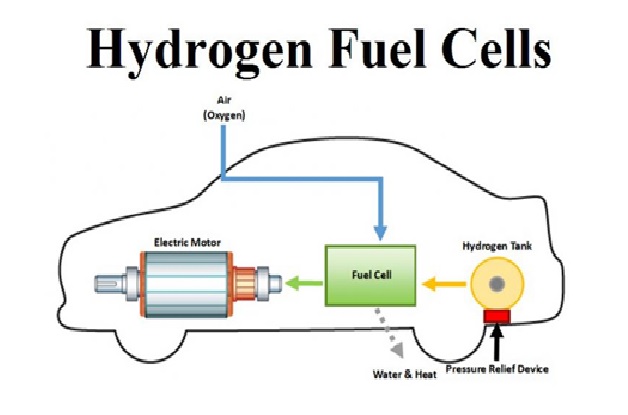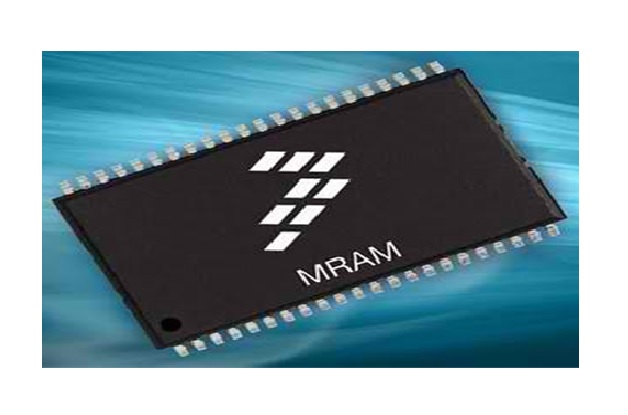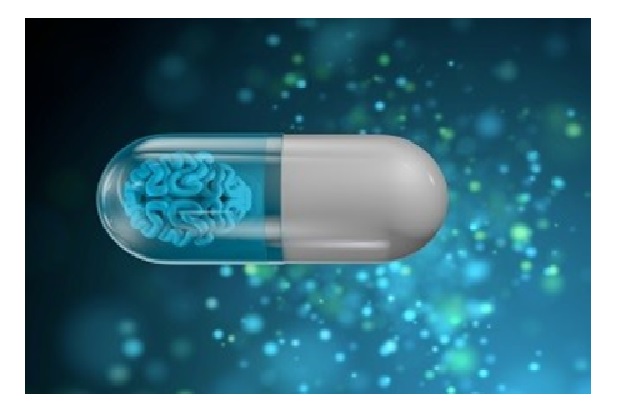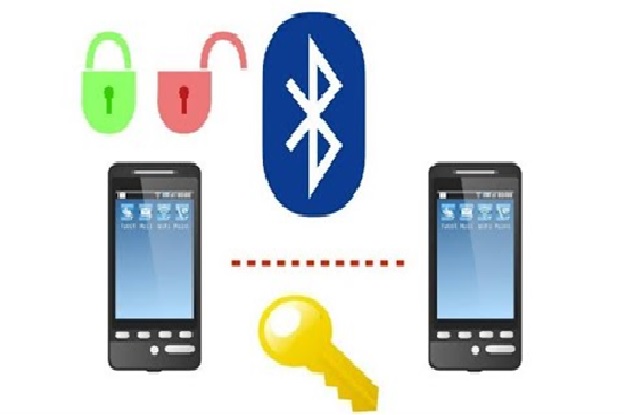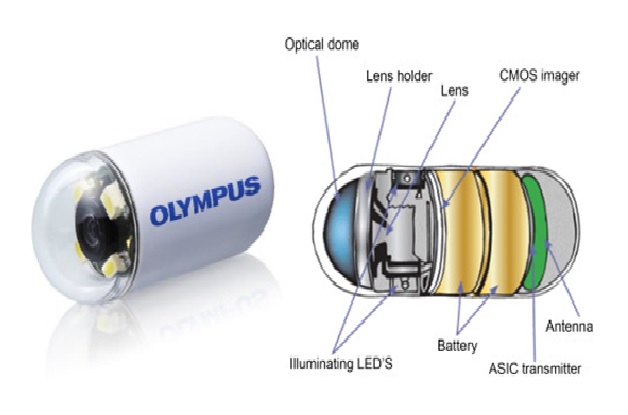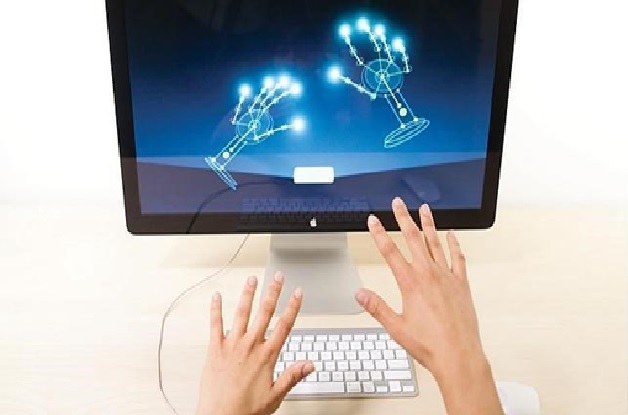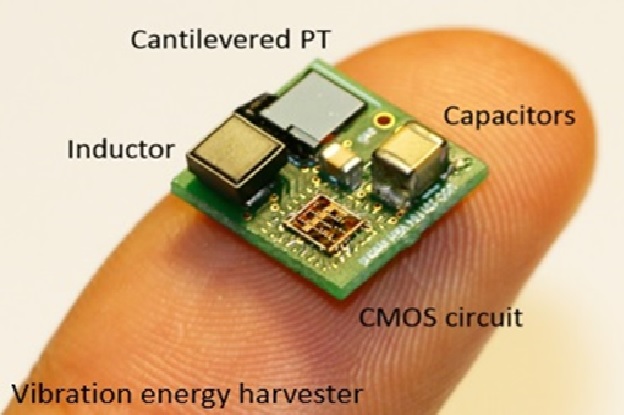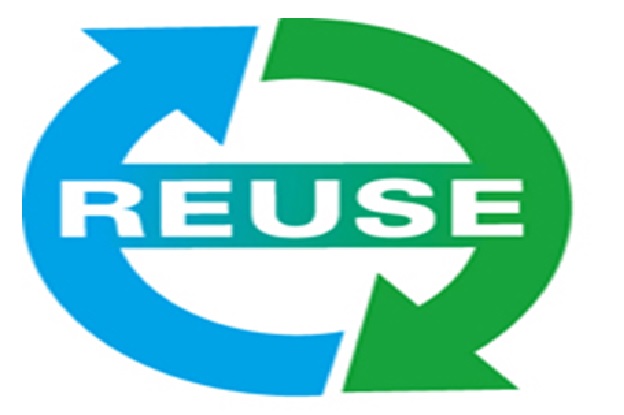Overview of iontophoresis
Iontophoresis is the process of passing a weak electrical current through the skin. Iontophoresis has a variety of uses in medicine. This article discusses the use of iontophoresis to decrease sweating by blocking sweat glands. The area to be treated is placed into water. A gentle current of electricity passes through the water. A technician carefully and gradually increases the electrical current until you feel a light tingling sensation. The therapy lasts about 30 minutes and requires several sessions each week. [1]

Figure 1. Overview of iontophoresis
Figure 1 shows the main use of iontophoresis is to treat focal areas of excessive sweating (hyperhidrosis), particularly on the palms or soles. Tap-water iontophoresis is less effective in the axilla.
Limited robust data is available; some studies suggested that up to 80–85% of patients with palmar hyperhidrosis notice a subjective improvement in their symptoms within 2–4 weeks. One study of tap-water iontophoresis showed 33% improvement on the soles and 37.5% in the axillae after 14 days, which increased to 78%, and 75% respectively over 20 days.
Iontophoresis has also been successfully used to deliver drugs to the skin in order to:
- Reduce sweating further using an anticholinergic agent such as glycopyrronium or botulinum toxin A.
- Anaesthetise an area of skin with lignocaine.
- Treat fungal infection of the nail plate (onychomycosis).
- Eradicate infection due to resistant micro-organisms using silver ions
- Treat bursitis or tendonitis with anti-inflammatory drugs. [2]
Side Effects
Iontophoresis is a safe procedure, and side effects are minimal. While receiving the stimulation, you may feel a slight pin prick tingling sensation. Redness may also occur underneath the electrodes used for it. Some patients notice some dryness or rough skin in the area where the iontophoresis was administered. This can be mitigated by using skin lotion over the area several hours after receiving the treatment.
In the literature review of 25 iontophoresis studies, including 13 randomized trials, rates of adverse skin reactions varied widely but were mostly mild and did not require treatment.
Keep in mind that iontophoresis is a passive treatment, and the most successful physical therapy programs require you to be actively involved in your care. Active exercises are often the most important component of your rehabilitation, so be sure that your PT gives you a strategy to manage your condition when you are not in the physical therapy clinic. [3]
References:
- https://medlineplus.gov/ency/article/007293.htm
- https://dermnetnz.org/topics/iontophoresis
- https://www.verywellhealth.com/iontophoresis-in-physical-therapy-2696534
Cite this article:
Thanusri swetha J (2021), Overview of iontophoresis, Anatechmaz, pp. 55



